A Closer Look at How Watches Work
Many of us wear our watches every day without ever giving a thought to how they actually work.
It's no secret that watches are one of the most important pieces of jewelry. But how exactly do they work? Let’s take a closer look and find out!
The Anatomy of a Watch
A watch may be composed of up to 200 or more individual parts. To simplify the explanation we will break it down into the six main components first and then discuss how all the parts work together: the case, the movement, the dial, the hands, the crystal, and the straps and bracelets.
The Case- is what houses the movement and protects the movement from, dust, dampness, and shocks.
The bezel is the ring that surrounds the outer edges of the crystal. Or around the outer case that can be rotated to change settings or display additional information, such as time zones or elapsed time.
They can be highly decorative, featuring diamonds, or other gemstones, high-polished metal, or engine-turned surfaces. Most watches have bezels that just frame the dial and are static.
The Movement- powers all of a watch’s functions and is typically powered by either a quartz crystal or mechanical energy (from a spring).
Quartz watches are powered by an oscillator regulated by an electronic circuit that keeps track of time very accurately.
Mechanical watches rely on springs that need to be wound periodically in order to keep ticking. As the spring unwinds, it releases energy to the gears that move the hands. This is why second hands in mechanical watches move smoothly around the dial.
The Dial-(never referred to as the "face") the visual display of hours and minutes, seconds, day/date (sub-dials), and watch brand.
Dials are made from many different materials, precious metals to gem materials, e.g. mother of pearl or malachite. While the hands rotate around it indicating the time using numbers-Roman or Arabic, sticks, dots, gemstones, or in some none at all (E.g. Movado.)
The Hands - Indicators of the hour, minutes, and seconds are usually made of thin, light pieces of metal, very variable in form, which move around the dial when the watch is operating.
The Crystal- is most often made from mineral crystal (synthetic sapphire) but can also be plastic or glass; their purpose is to protect the dial. Synthetic sapphire is used because it is highly resistant to scratching, it ranks nine on the Mohs scale.
Straps or bracelets-connect the watch to your wrist. They can be any number of materials: Plastic, rubber, leather, synthetic materials, plated base metals, stainless steel, ceramic, titanium, gold, silver, platinum, or a combination of any of these materials.
How Do Watches Tell Time?
Quartz Watches
Now that you know all of its components let’s take a look at how they all work together to tell us what time it is. In quartz watches, electricity passes through a tiny quartz crystal which vibrates at a rate of 32kHz (32 thousand vibrations per second). The vibration then triggers an integrated circuit that sends electric pulses proportional to each second passing by, thus enabling accurate timing. This is why the second hand on a quartz watch jumps from second to second. It is also why quartz watches are more accurate than mechanical watches!

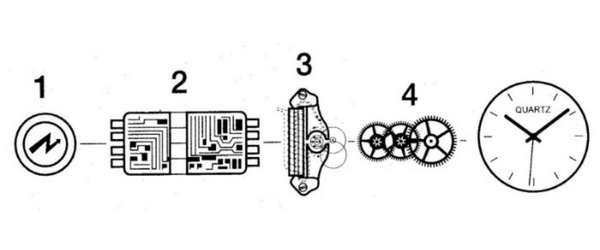
- Battery (lasts 3-5+years)
- Circuit Board With Quartz Crystal
- Stepping Motor
- Gear Train
Mechanical Watches
Mechanical watches use only mechanical components (moving parts) and are powered by winding and the unwinding of the mainspring.
Manual wind watches must be wound approximately every 24 hours to keep the watch running and accurate. As the name suggests, a manual wind watch is wound by rotating the crown back and forth between the thumb and index finger.
This action tightens the mainspring and once fully wound the spring begins to unwind which releases power that drives the gears (wheels) which in turn moves the hands that indicate the time.
The mainspring is the power source of the movement. It is a very thin, flat piece of metal that is wound into a coil inside a geared (wheels) container called the barrel. As the mainspring unwinds, it causes the barrel to rotate thereby engaging and turning the adjacent wheel and thus putting the gear train in motion.
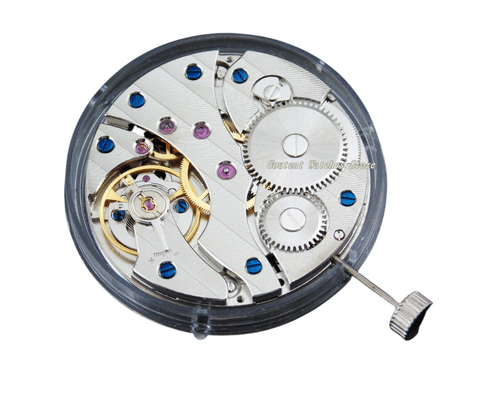
The gear train (a.k.a. wheel train) is a series of gears that control the hour hand and the minute hand. They move from the released power of the mainspring.

1. The Mainspring
2. The Gear Train
3. The Escapement (The large wheel is the Balance Wheel)
The escapement is the most important part of a mechanical watch movement. It is called an escapement because it allows the power to escape at a constant rate which allows the watch to keep time.
Automatic watches: a.k.a. self-winding watches:
An automatic winding mechanism is a mechanical watch that is wound by the movement of the wearer's arm. In addition to the mechanical components already described, automatic movements feature a "rotor", a weight that winds the spring with every movement. As long as the watch is worn, there is no need to manually wind it using the winding stem and crown.
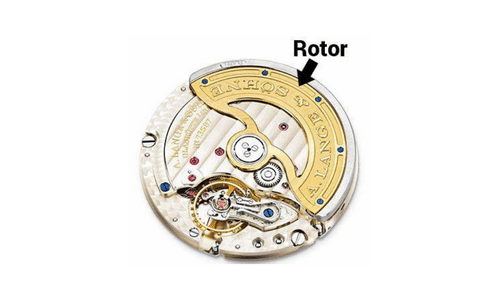
Click HERE to see the best brands!
But once you remove your watch, the spring will unwind and eventually stop, usually after approximately 72 hours. Unless you are lucky enough to have a winding box, you will have to wind the automatic movement once it has stopped, either using the crown after you reset the time, or gently moving it up and down in your hand.
Click HERE to learn more about this winding box!
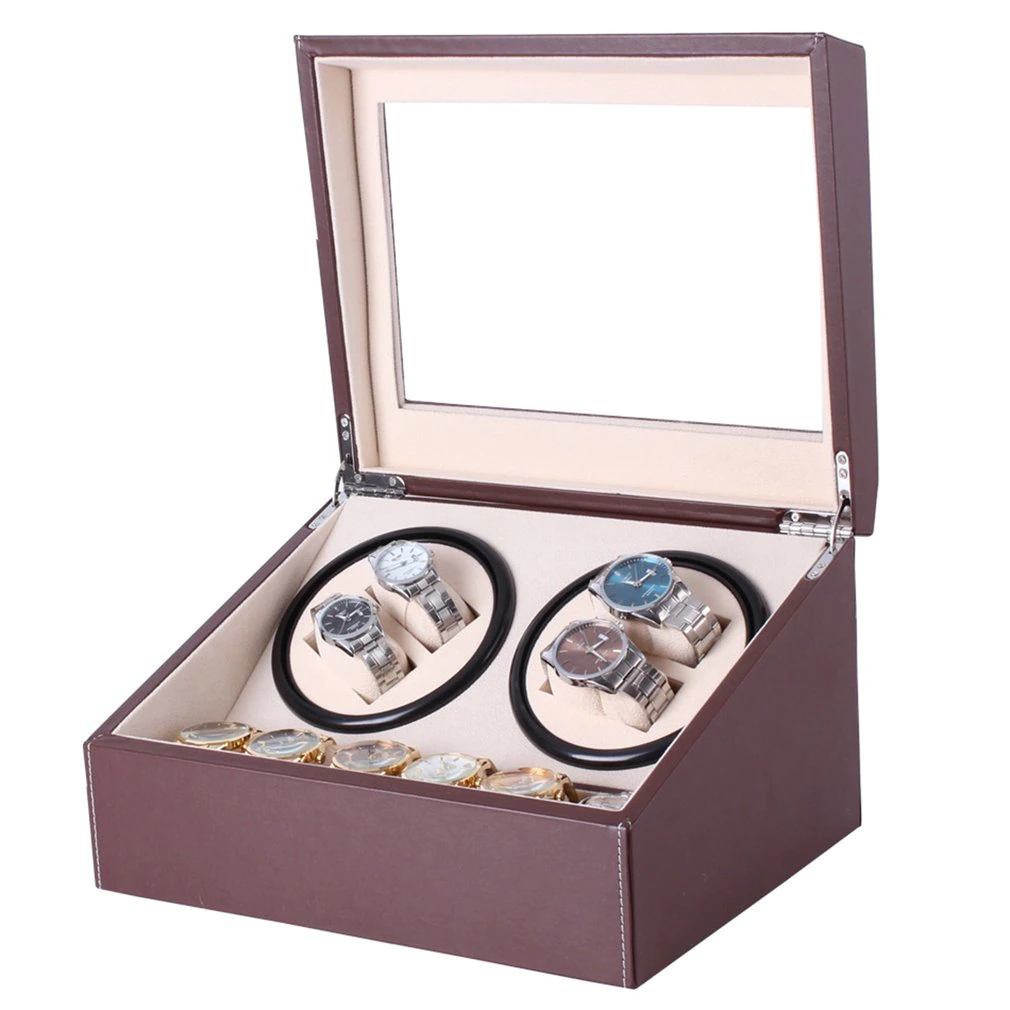
In automatic watches with transparent backs, sometimes referred to as a skeleton backs, you will see the movement working, including the rotor. The balance wheel which is part of the escapement, quickly moves back and forth starting and stopping the gear train, which creates the tick-tock sound.
Complications:
This may be confusing, but in watch-speak it means any function that a timepiece performs other than time-keeping. Below we will briefly describe a few of the most common.
Chronograph:
Probably the most common is the stopwatch function. Generally, two buttons, or sometimes one on the side of the case, on either side of the crown, start and stop the stopwatch function. Subdials that are embedded in the main dial indicate timings.
Full Calendar:
A full calendar watch is one that indicates the time, day, date, and month. Sometimes, it will show the phases of the moon, too. These watches must be adjusted for the 31st day of the month (unless you own a very rare Annual Calendar watch that adjusts to months' lengths on its own (except February.) A Perpetual Calendar watch adjusts for leap years as well!
GMT:
Shows dual time zones; central dial hands indicate local time and secondary hands show the time at home.
Power Reserve:
An indicator on the dial that lets you know how much power is left in the spring; how much time is left until it's time to wind your watch again.
Alarm:
They must be set to activate at a designated time using a secondary sound, just like an alarm clock except in your watch.
In mechanical watches ultra-complicated minute repeaters indicate hours, quarter hours and minutes using three different sounds. These are very rare, expensive handcrafted timepieces made by master watchmakers for prestige watch brands.
Most mechanical alarm watches have a secondary power source, or movement exclusively for the alarm, which needs to be wound independently of the timekeeping function.
Moonphase:
A moon phase watch shows the various phases of the moon over its 29.5-day lunar cycle. It’s typically displayed by a rotating disc that sits behind an opening on the dial, situated at the six or 12 o'clock positions on the dial.
Smart Watches:
We could not have this discussion without talking about Smartwatches.
According to The Pew Research Center, as of 2020, 21% of all Americans regularly wear smartwatches! Sales in the U.S. alone are expected to be 53.6 Billion dollars by 2025!
Well, why do we love them? Because they do everything our phones can do for us, but they are immediately accessible on our wrists.
So beyond just telling us the time, they can play music and access all our apps, messages, and e-mails. They take pictures, pay for our purchases and monitor our health and exercise, all without having to wind them or replace batteries.
Why? because they run off tiny computers. They are certainly in a league of their own when it comes to timepieces.
But there is no doubt that the masters of fine watchmaking and inventors of complications such as Abraham Louis Breguet would marvel at what today's watches are capable of! 🏮
Conclusion:
As you can see there’s more than meets the eye when it comes to watches! Whether they are powered by quartz crystals or mainsprings and most certainly smartwatches, they are still marvels of engineering that have been with us since ancient times! So next time you put on your favorite wrist watch don't forget just how sophisticated these devices truly are!
For additional information on Rolex and Patek Philippe timepieces as well as additional prestige watches, click HERE.
FAQs
How accurate are mechanical watches?
A. Mechanical watches use purely mechanical components (moving parts) to keep time and are accurate to +/-5 seconds over a 24-hour period.
Why do watches have "jewels"?
A. Most jeweled movements use 17-30 synthetic rubies. In mechanical movements, they are used to avoid friction between the gears. In a quartz watch, because there are no gears, jewels are used for esthetics only.
What are the "jewels" in the movements? Are they real?
A. When jewels were first used in watch movements, back in the 19th century, they were natural rubies and blue sapphires. These gems were used because of their hardness and toughness. Today, synthetic rubies and sapphires are what is used, as they possess the same properties as their natural counterparts.
Why do some people prefer mechanical watches?
- Appreciation of craftsmanship
2. The long history and longevity of mechanical handmade timepieces
3. Collectors have many prestige brands to choose from. The most recognized Swiss brand manufacturing mechanical (manual watch) and automatic watches is Rolex
4. Their beauty and craftsmanship
5. Rituals of winding & setting the watch
6. Better long-term repair possibilities than quartz
How accurate are quartz watches?
A. Quartz watches are accurate to +/-5 seconds in a one-month period. Quartz watches are used to time events where accuracy is essential, e.g. Olympic events, professional sporting events, or any events that are timed.
What are the advantages of quartz watches?
- Silent operation
- No winding
- Less expensive
- Smaller movements
- Fewer Parts
- Less likelihood of breakdown, and less inconvenience
- Less expensive to manufacture than mechanical movements
What Are The Best Watches?
A. There are many lists out there, with most listing the same watch brands just the rankings differ. Your favorite brand may not have made Vogue's list, but keep looking and you will probably find it on another.
The list below will give you and idea of general rankings according to Vogue:
Rolex

Tag Heuer

Cartier

Grand Seiko

Hermès

Omega

Nomos Glashütte

Longines

Van Cleef & Arpels
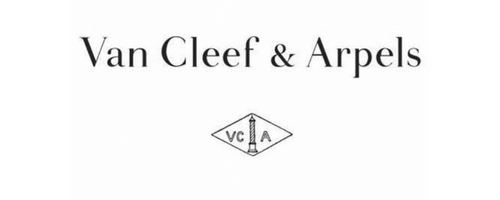
Tissot

Audemars Piguet
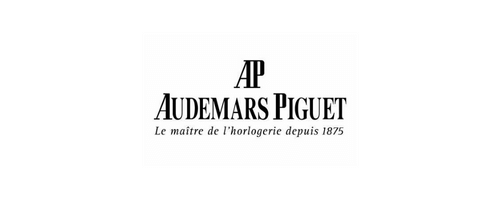
Piaget

Patek Philippe

Shinola
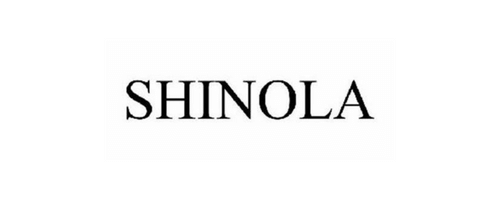
Chanel

Click HERE to read why Vogue chose these brands.
What is the difference between "waterproof" and "water resistant"?
It is important to know that in reality there is no such thing as a "waterproof" watch, as any watch with a crystal can be broken and water would certainly enter the watch, and at certain water pressures water will also penetrate the watch case.
Water resistance means the amount of underwater pressure exerted on a watch case until water enters the watch. For example the Rolex Sea Dweller, a deep sea diver's watch, is 4000 ft/1200 meters water resistant. This is extreme and sometimes described as waterproof, although as mentioned above there really no such state as waterproof.
Most watches are water resistant to 30/50/100 meters, 3/5/10 ATMs. Below are the categories of water resistance:
Water Resistance General Guidelines:
One ATM, 10 meters =1 atmosphere = 33 feet
- 3-5 ATM: Can withstand splashes of water, rain, and maybe even showering, but should not be fully submerged in water.
- 10+ ATM: Can handle swimming, snorkeling, and maybe even scuba diving.
- 20+ ATM: Can handle deep diving.
30+ ATM and up: Suitable for professional diving.
Water-resistance does not last forever, if you wear your watch for swimming or any water sports the seal (gaskets) must be replaced periodically, depending on how active you are. Changing batteries in quartz watches also breaks the water resistant seals.
What is a Chronometer?
C.O.S.C
Next on our list will be the C.O.S.C. Contrôle officiel suisse des Chronomètres. Official Swiss Chronometer Testing. This independent organization tests Swiss-made watch movements for accuracy and ensures the watch components conform to their high standards. The COSC certification procedure will follow. The most recognized criteria are daily average rates of accuracy -4 to +6 seconds - a 10 second spread.
Only watches that pass the strict testing criteria can use the word Chronometer on their watch dials and will be accompanied by a certificate.
The words chronometer and chronograph are often confused. A chronograph is a watch that measures elapsed time, a stopwatch function, while a chronometer is as described above.
Rolex and Breitling are the only two watch brands that send all their watches to C.O.S.C for testing and certification; other brands send only a portion, certain models of their assortment for certification.
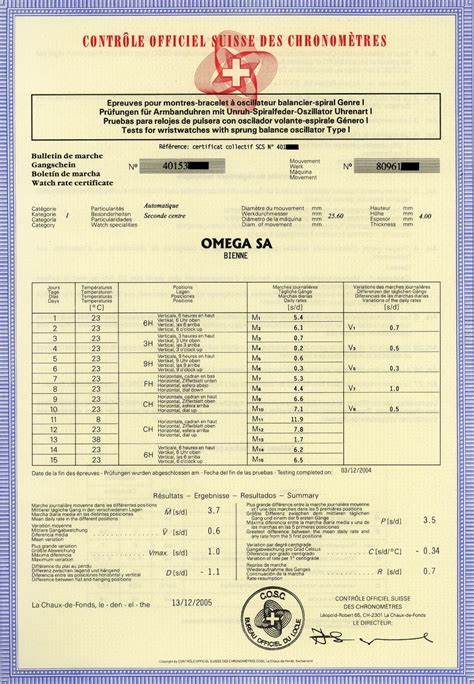
Thank you for reading our article. Please join our community and leave your questions and comments!
Happy Shopping!
Click HERE to see our affiliate disclosure statement


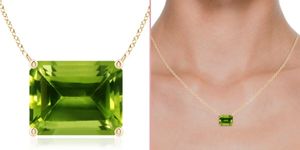
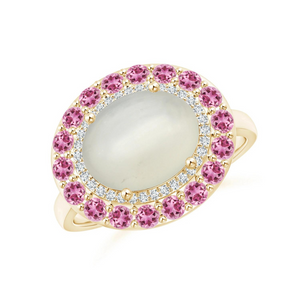
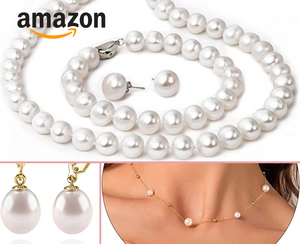


Member discussion